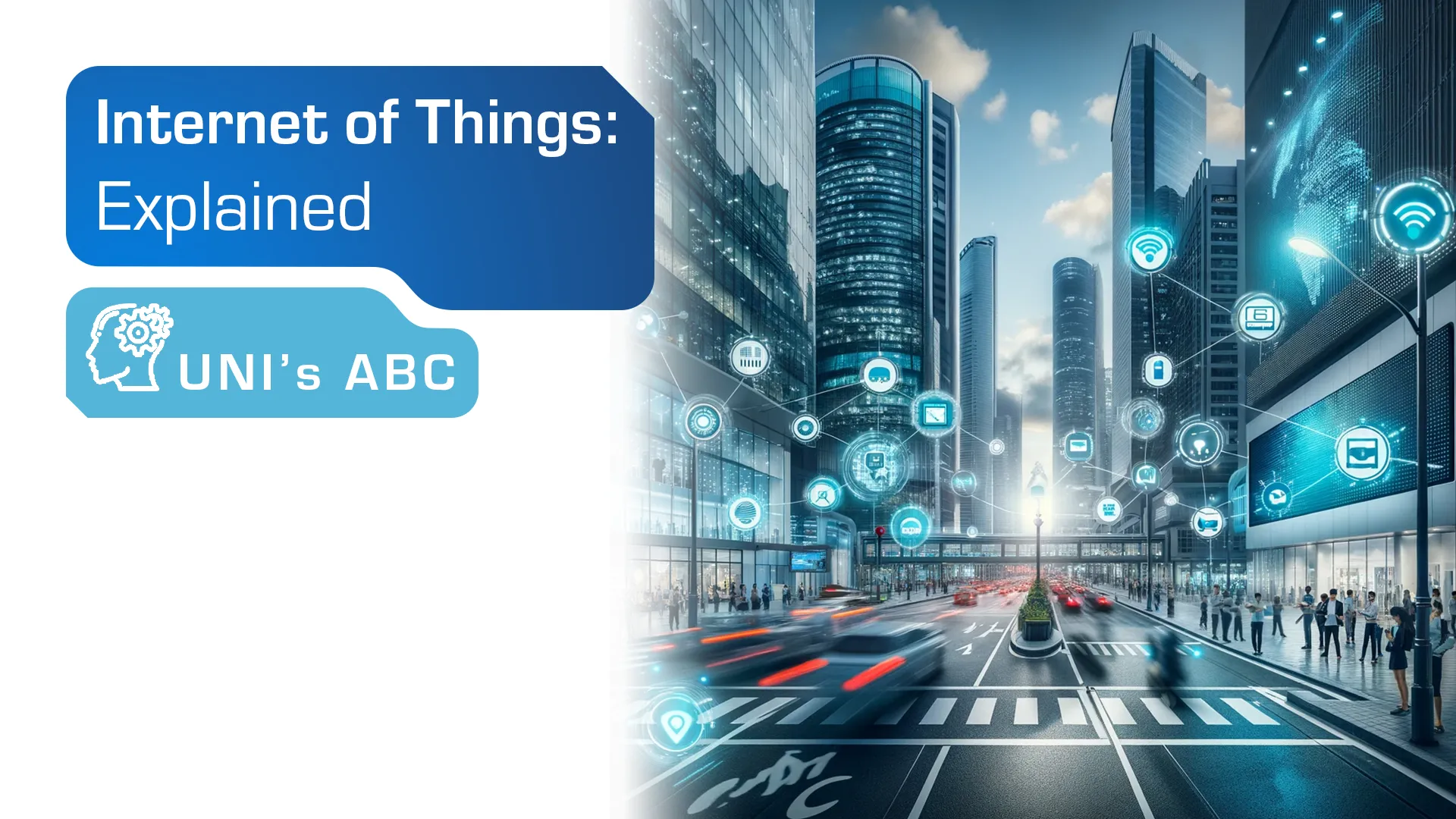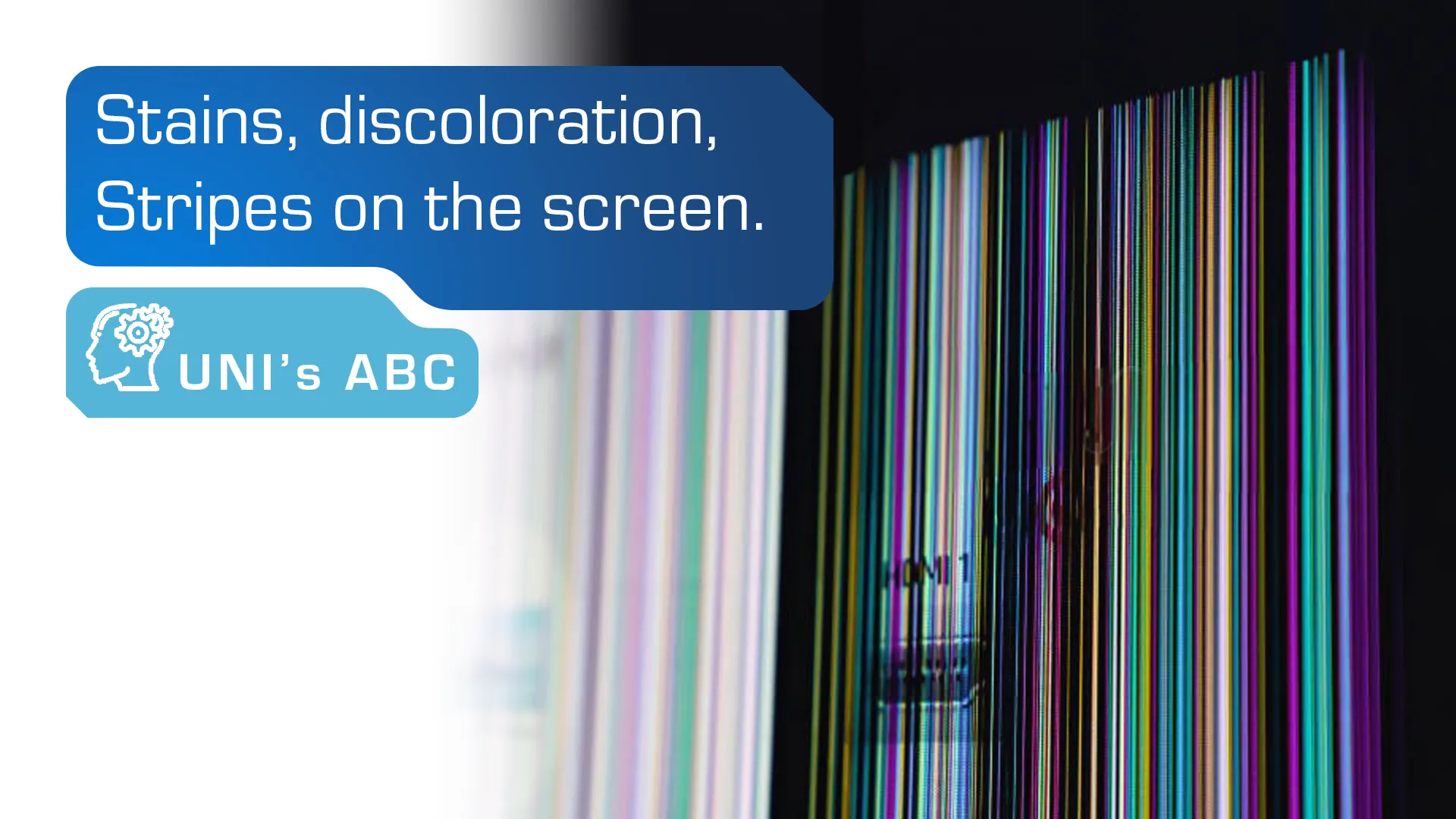
From the perspective of the end customer, the process of bringing new products to market itself is actually of little importance. Regardless of how the project progresses, the final device must be properly functional and meet certain requirements. The vast majority of equipment appearing for sale today is correctly made in a technical sense – but it is not uncommon for “correctly” to be sufficient only minimally when considering the value of the product as a whole. The benefits of an approach that relies primarily on using off-the-shelf, templated solutions are usually apparent savings.
Table of Contents
Meeting just the basics of the project may seem like a pretty reasonable and tempting idea. Using a range of proven and widely used modules and components, provided by third-party vendors, can help. The device can thus be quickly brought to such a functional state as to find wider distribution. This is reminiscent of the concept of MVP – Minimum Viable Product, or a product that is minimally acceptable and ready for the market. It is complete enough to present its value to potential customers. However, the use of elements that are not customized from scratch for a given project may come at the expense of innovation, diligence, or even the quality of the final solution
Who risks…
An approach focused too much on delivering a product that meets only the most basic requirements can, without a proper strategy, create additional problems at later stages. Initially reduced expenses may eventually increase unplanned, as a result of the potential need to repeat selected project phases (e.g., EMC testing). Failure to recognize the needs of the market, insufficient features and a design that has not been thought through from the beginning can cause problems in the use of the device by the end user. All this can have a significant impact on the perception of the product among buyers.
A tailor-made solution
However, the risky issues arising from the above-described and rather black scenario can be almost completely eliminated. The answer to these problems is to create a solution that is tailored to the needs of the project from the very beginning. This can be achieved by working with experienced specialists from the conceptual stage – thus, it is worthwhile to better know and understand the process of bringing an electronic product to market, or at least how we do it at Unisystem.
The support of experienced engineers is valuable at almost every stage – from the initial idea to final implementation. What the overall cooperation looks like depends on the level of complexity of the project. The starting point is always a series of meetings and consultations to gather the functional and technical requirements of the device. The customer can count on advice and assistance in the selection of individual components – this saves time at the start, puts some responsibility in the hands of specialists and guarantees optimization of costs. Once the specifications are known, the beginnings of design documentation are created in the form of a block diagram, which, through the use of functional blocks, shows how the product will work.
The document illustrates the relationship of dependencies between the main components of the system – processors, integrated circuits and microprocessors. At this stage, all additional factors that may affect how the module will be implemented in the final device are also defined – including: the solution’s external dimensions, mechanics, its thickness, electrical parameters and how it will be powered. In order to make the hardware the best possible match to the customer’s requirements, available 3D models are also analyzed. Fitting into existing enclosures and adapting to material properties can be so challenging that it is sometimes necessary to go a step further and design the appropriate module protection from scratch, designed exclusively for that particular implementation.
From idea to implementation
Once the concept is developed, it is transferred to a concrete electronic solution. Documentation is created in full cooperation with the client – during this process the final product is gradually clarified. After passing the internal verification processes, the design is submitted to the client for approval, with full readiness for his possible questions and concerns. The full transparency of the solutions used and the understanding of them by the project principal will make the subsequent stages of prototyping, internal testing, making adjustments and updating the documentation go smoothly and quickly. After the final validation of the device’s functionality, the first batch is delivered to the customer.
WD-40 and the failure of Nintendo
History knows many failures that resulted from ill-considered actions at one stage of the product development process. Mistakes made can lead to something special – the name of the formulation WD- 40 is an acronym for “Water Displacement – 40th Attempt,” which literally translates as “water displacement – 40th approach.” This means that 39 previous formulas for the measure were unsuccessful and only 40. approach turned out to be the one that brought success to its originators. However, the circumstances of designing products for the electronic market are usually much less favorable.
An interesting case study might be virtual reality (VR) technology. Well-established in the electronic entertainment market today, since the 1990s. Last century it scored temporary highs and painful lows, one of the biggest of which was the Virtual Boy from Nintendo in 1995. Today’s devices for this type of entertainment resemble their ancestor only in appearance – the system from Nintendo did not even offer a virtual reality experience, only a 3D image. The product used a pair of oscillating mirrors to transform a single line of LED pixels into a three-dimensional projection, made of red pixels on a black background. These were the only colors supported by the hardware, which, on top of that, was uncomfortable to use, had an unresponsive operating system, was expensive and offered little functionality. On top of that, it caused back problems for its users, and its excessive use even threatened to damage their eyesight. This is an example of an innovation brought to market before the technology needed to make it happen was really ready. However, an idea ahead of its time was not the only factor in the Virtual Boy’s failure – not enough attention was paid to testing the hardware itself. They hastily released the product to the market stopping at the stage of its very attractive, but still unrealistic concept at the time.
Innovation through thoughtful design
The result of combining the professionalism of Unisystem engineers and realizing the vision in the project is a device used in the retail market – a combination of a mobile self-service checkout and shopping cart. It eliminates the need to stand in lines and greatly simplifies the shopping process itself in any type of store, virtually without the involvement of its staff. Selected goods are scanned directly by the user, and payment is made via the phone or app of a specific retailer. Then simply put the device back in place and leave the facility.
The described solution is a benefit not only for customers, but also for the stores themselves – the cart helps control users’ shopping processes, analyze their choices and influence their decisions. The built-in screen also allows the display of any advertising content to inform about current promotions. The display can also suggest additional complementary products, depending on those already scanned by the customer. The entire system makes shopping much easier for its users and helps build consumer loyalty. Retailers also receive a great deal of support in managing the facility itself – scheduling deliveries and matching assortments to visitors’ expectations becomes easier by analyzing data on their behavior.

The solution is equipped with, among other things: a touchscreen computer, a scanner built into the handle to read EAN and QR codes, and a corresponding scale. The equipment also has an LED lighting system to inform store employees of the current status of the cash register and the mode in which it is operating. The carrier board, which houses the processor designed for the system’s advanced AI calculations, was developed by Unisystem specifically for this customer. The carrier board, which we designed, is prepared to handle a number of peripherals, such as those controlling the charging of the cart’s batteries, controlling voltage and power consumption. The whole is a complete device on a single board, created in close cooperation with the customer. The project is the result of joint work and communication between teams of mechanics, electronics and IT specialists – it has the potential to rival unmanned solutions provided by major technology companies.
The specialists at Unisystem combine a shared vision with a professional approach – we understand and support our principals at all stages of any given implementation. From the beginning of the project, through production and precise customization to the application requirements, to the final implementation, we are not only a component supplier, but also a business partner. Contact us for support in implementing your project.
2020-02-03
Recent Knowledge

Internet of things, what it is and examples of industrial applications
The Internet of Things (IoT) is one of the most promising and rapidly developing technologies of recent years. Its application in business brings great opportunities to optimize processes, reduce costs […]

Stains, discoloration, stripes on the screen – how to identify and repair defects in industrial displays?
The dark spot on the iPhone screen, the black spot on the TV, the colored spots on the phone screen, the yellow spot on the display … Problems with screens […]

Basic electronic components in industry – a guide for beginners
Electronics has played an extremely important role in all branches of modern industry for many years. It allows automation of production processes, precise control of machines and equipment, collection and […]

Optoelectronics – basic information and example applications
Optoelectronics is the branch of electronics that deals with the conversion of electricity into light and light into electricity using semiconductor materials called semiconductors. Semiconductors are crystalline solid materials with […]



